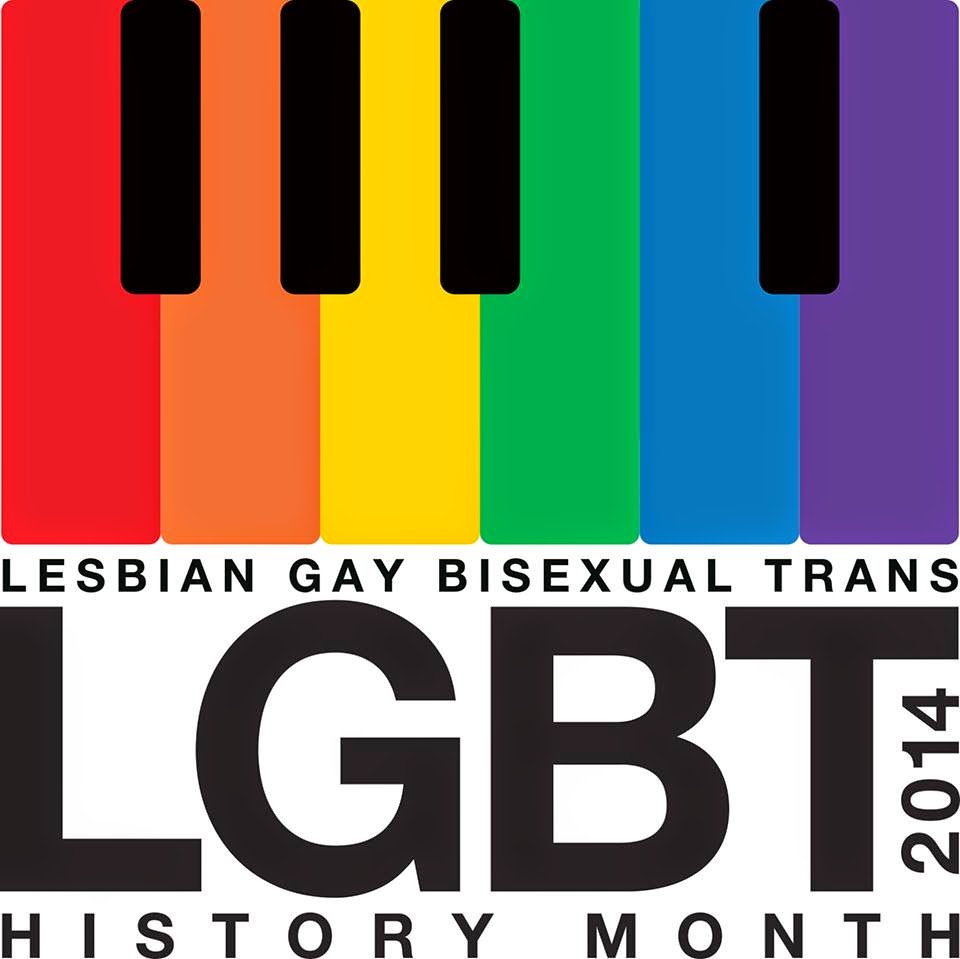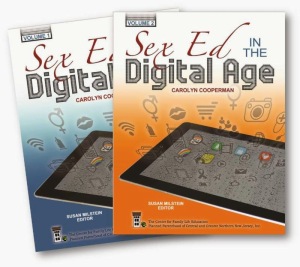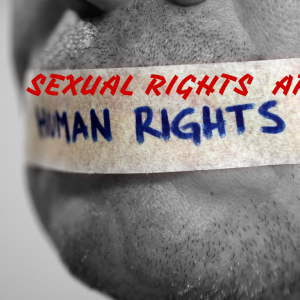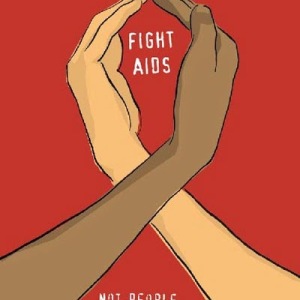And I am reminded that the United States remains a culture where people are beaten and killed for their sexual orientation. Just last Thursday, a man was attacked at the Dallas airport for suspected gayness. But you know what’s different about this event? The attacker was taken down within seconds of his attack by a slew of bystanders. The language is not safe for polite environments, but another bystander recorded the entire event, from the beginning of the bullying to the attack, to the police taking the attacker away.
While this leaves me, a gay Texan, emotional raw and feeling deeply vulnerable, it also gives me hope about our capacity as a culture to expand our capacity for empathy and caring. The short interview at the end also struck me deeply – that the interviewer wished for healing and compassion for the attacker. I wonder how many of those bystanders, who without thought threw themselves into harms way to protect a gay man, were gay? My guess is that at most one or two, but probably none. We need allies like this. In fact, all people need allies like this – people who are willing to stand up for them, protect them, remind them of their value and worth and dignity. There’s too much bullying in our culture, but it doesn’t have to be that way. We can, and should, fight it.
_____________________________________________________________________
RALLYING AGAINST BULLYING
By Carolyn Cooperman
Objectives
By the end of this lesson, participants will be able to:
1. Use their technological and artistic talents to demonstrate how teens can counter cyber bullying.
2. Identify specific strategies for intervening when others are being bullied.
3. Understand how to support the victims of cyber bullying.
Rationale
Among the teens that use social networking sites, 88% report that they have witnessed mean or cruel online communications. To address teenage uncertainty about what to do when damaging texts, photos, or postings circulate, this lesson challenges participants to use their skills in technology, music, art, writing, drama, etc. to lead a peer-initiated response to cyber bullying. Participants develop projects that demonstrate how prevention, intervention, and support can all be employed to counter the damaging effects of online bullying. Sexual themes, such as LGBT bullying, offensive gender stereotyping, and the circulation of photos without consent, are included on the list of recommended projects. Ultimately, the projects they design are reviewed by the group, with the intention of using them more broadly in school campaigns. The review process in itself is a means to both teach and inspire about counteracting cyber bullying.
_____________________________________________________________________
Bullying in the digital space is not very different from bullying in the real life space. It is easier to spread it more quickly, for sure, and it doesn’t come with the same potential immediate threat of physical violence. But it can include very real and scary threats of physical violence, and otherwise it takes much the same toll on people that bullying in real life takes.
During this month of remembering LGBTQ history, we need to remember the bystanders too. Were they allies? Who stood up and said no?
First they came for the Socialists, and I did not speak out—
Because I was not a Socialist.
Then they came for the Trade Unionists, and I did not speak out—
Because I was not a Trade Unionist.
Then they came for the Jews, and I did not speak out—
Because I was not a Jew.
Then they came for me—and there was no one left to speak for me.
– Pastor Martin Niemöller (1892–1984)







